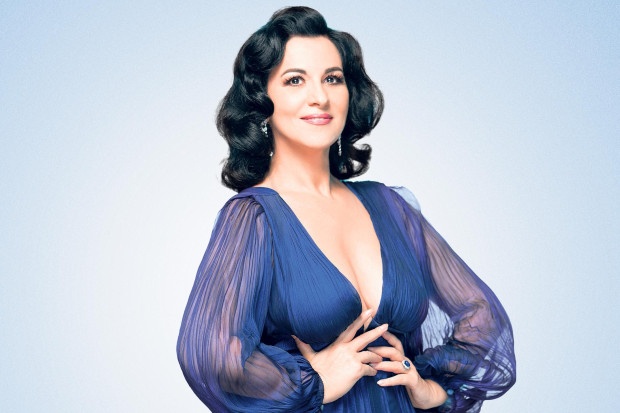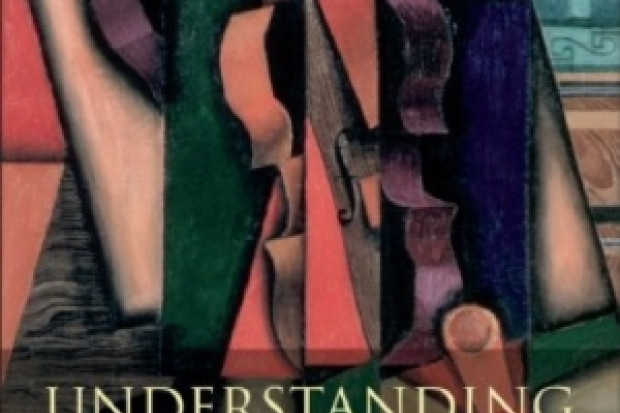Live Reviews: Up North! Cicada String Quartet Review
Friday’s early evening concert featured five works by composers from five different nations. The Cikada String Quartet, part of the Cikada Ensemble from Oslo formed in 1989, are notable for their wide ranging repertoire, with recordings on ECM, and their close associations with composers such as George Crumb. The quartet used amplification in four of the evening’s works (bar the Hallgrimsson), an approach that was not entirely convincing, and the unmodified acoustics of The Coach House would probably have provided a more accurate and intimate concert. The problems demonstrated here always tend to be the same; speakers placed too far apart move the aural focus away from the performers and excessive reverb and amplitude give the sound an unnatural ambience that can be quite distracting. However, the most aggravating consequence is the uneven balance between individual strings which such microphone techniques demand and in this case the lower strings of the viola and cello were uncomfortably dominating.
The first piece was by Iceland’s Halflidi Hallgrimsson; his String Quartet No. 2, consisting of four movements, was by far the most lyrical work here. It seemed initially to be a continuation of the Bartok tradition (analogous to Ligeti’s String Quartet No. 1) and I therefore presumed this to be an early period work, yet it is not. The first movements reliance on sustained harmonics interspersed by repeated pizzicato chords quickly became tiring and the mood did not change significantly in the second. The third and most engaging section provided a sudden welcome change in pace and it contained some initially interesting exchanges between the instrumental groupings.
There was an intriguing association between the following works in this concert – the intentional and perhaps unintentional lack of content. Cecilie Ore’s Cirrus was obviously influenced by the composer’s involvement in electronic music; four individual lines slowly tangling themselves into unison and unravelling themselves again with sudden interjections of harmonic clarity and repeated chords. For some reason the Cicada Quartet carried over the expressive and lyrical gestures from the previous piece which seemingly contradicted the aims of the composer. However, there was little hanging within this complex polyphonic mesh and one was left with an appropriate sense of desolation and barrenness. It was during the next piece by Bent Sørenson that I felt such an impression to be evidence of an apparent Nordic ‘sound’ or style, suggesting a meandering between solid concrete areas and a reluctance to commit fully to any one focal point. Sørenson’s The Lady of Shalott, originally for solo viola, was intended to ‘meander like the river at Camelot’ taking its inspiration from a painting by Waterhouse. Its sources seemed more varied with the occasional glimpse of folk melody, and in its final moments contained the most stunning downward harmonic glissando.
Kevin Volans String Quartet No. 7 was deliberately ‘empty’, a nod towards Feldman in its handling of ‘pure material’. This was high-energy stuff when compared to his previous string quartet, which handles similar compositional issues in a more subdued manner. The piece consists almost entirely of repeat bars, an obsessive study on the act of standing still with the four parts locked together in almost machine-like intensity. Again the quartet could not resist in applying a layer of expression ill-suited to the composer’s objective. However, one could detect a sense of relief after their performance of what was a short yet very difficult premiere.
Finally Saariaho’s Nymphea, the only electro-acoustic piece on offer here and using the methodology of spectral music. The electronic element was very subtle, a delicate organic merging of sounds synthetic and acoustic, but for once the amplified sound could have been more imposing. The piece is full of contrasts, furious activity, vocalisations, and harmonics captured by the computer, before tailing off into silence. This was not the finest of Saariaho’s works but it possibly showcased the Cicada Quartet at its best.
Published on 1 January 2003














